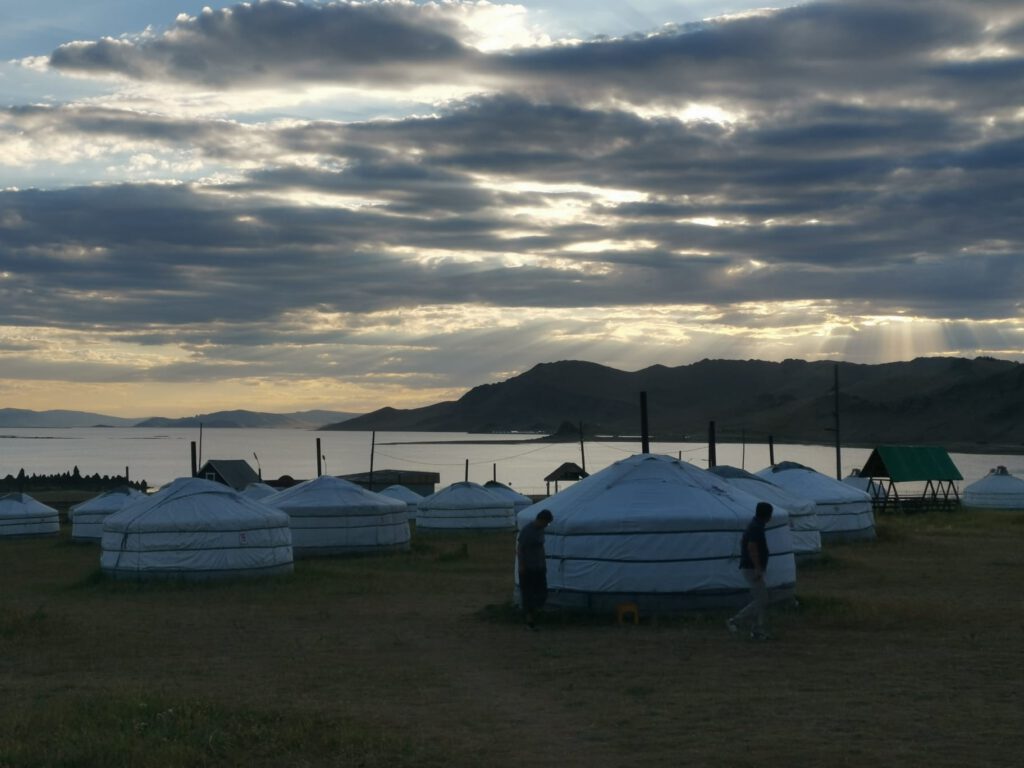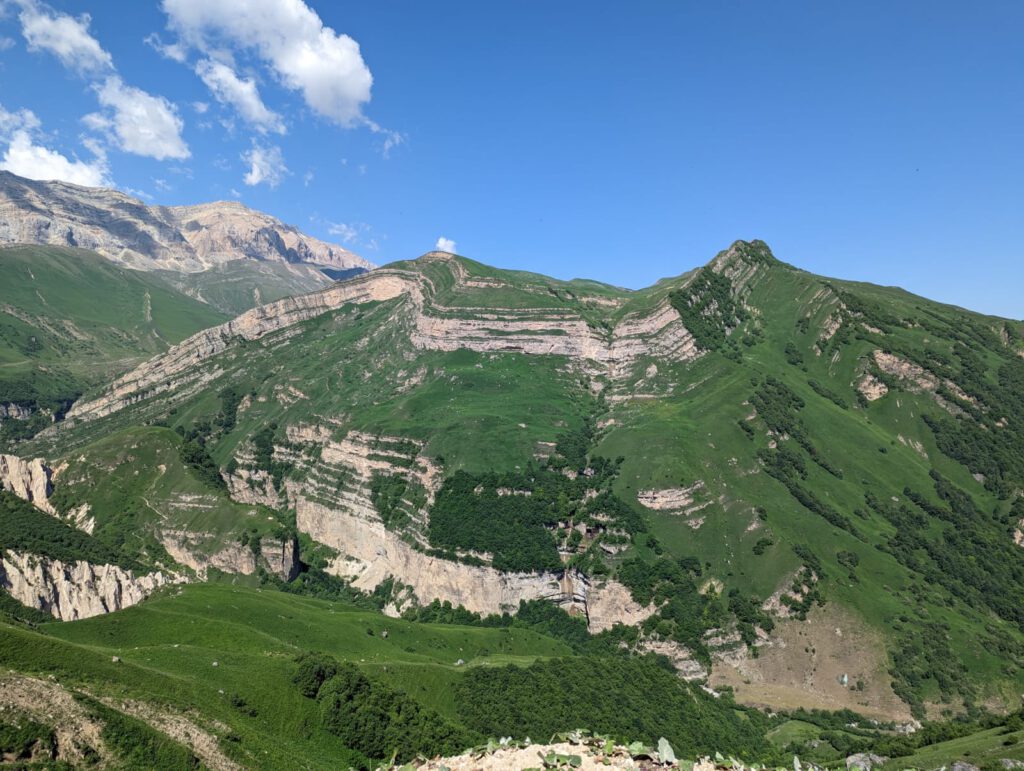We report on initial results from a new project providing up-to-date active fault maps and earthquake potential in the vicinity of proposed hydropower plants in central Kyrgyzstan. The project includes primary research and a series of training and networking activities. It is funded through the UK Foreign, Commonwealth, and Development Office (FCDO).









